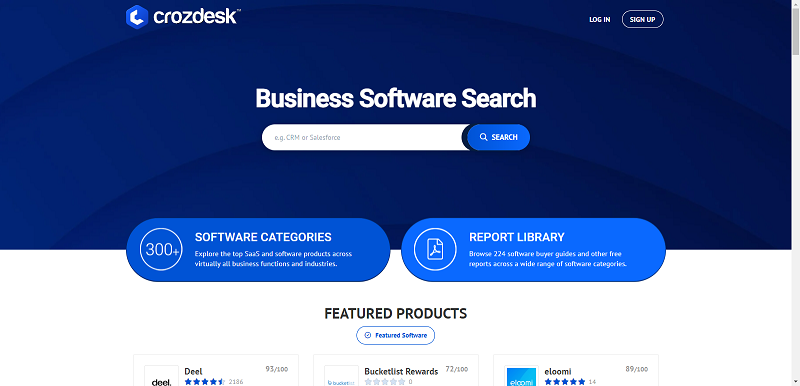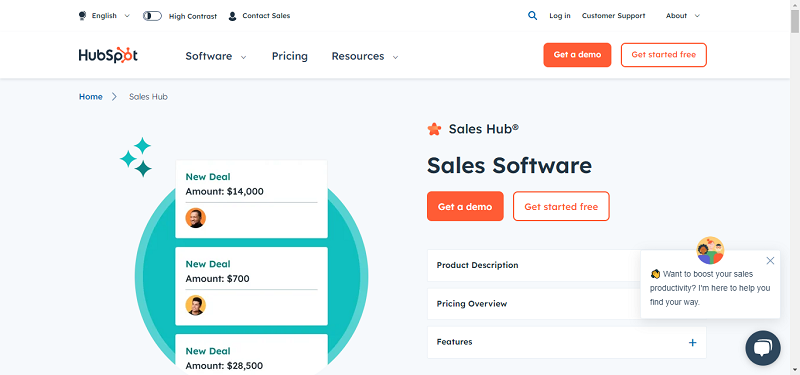The advent of new information, communication and MOOC: Massive Open Online Course technologies such as Web 2.0, Learning 2.0, cloud-based learning tools, open content and open source learning tools have transformed the world of education in an unprecedented way. Massive Open Online Course (MOOC) as an emerging method of education is considered as one of the most significant trends in higher education. The term MOOCs was first introduced in 2008 by two Canadian scholars, George Siemens and Stephen Downes. They offered a free online learning course entitled “Connectivism and Connective Knowledge 2008 (CCK08)” to students from anywhere around the world. The main purpose of MOOCs is to open up education and to provide an opportunity for every student, regardless of the social and cultural background, to free access to university level education. Mooc materials are also hosted in a cloud. “Cloud computing provides scalable anytime/ anywhere services simply accessed through the Web from Multiple Devices without worrying about how/where those services are installed, maintained or located”. Therefore, students can access advanced learning applications and can interact and collaborate, regardless of geographical location, with their peers through a cloud.

(Infographic Source: http://www.extremenetworks.com)
There are two MOOC categories, based on different pedagogical emphases and organisational models: the content-based MOOCs (xMOOCs), and connectivist MOOCs (cMOOCs). xMOOCs represent courses where the curricula and the course are fixed and defined by the course designers, whereas cMOOCs provide a platform which learners can contribute with each other to create both the content and structure of the learning curricula. Nowadays, many highly prestigious US universities such as Harvard, Stanford, Michigan, Pennsylvania, Princeton and MIT, have adopted this new method of education and made their lectures available to indefinite number of students throughout the world at no cost. Moreover, several startup companies (e.g.Coursera, Udacity, edX, Udemy, Khan Academy, Coursera, Udacity and edX) have developed partnerships with universities and professors to offer MOOCs.
In addition, MOOCs can be useful to those people who cannot attend university due to cost, lack of time and sufficient secondary education entry requirements and who aspire to achieve career progression, at their own pace, by having MOOC certificates from some of the highly accredited, prestigious universities in the world. Interestingly, many learners from middle and low income countries around the world have adopted this new learning method to enhance their learning experience through peer-to-peer and professor-learner interactions. At the moment, institutions in the developing world are offering MOOCs for continuing professional development and training. MOOCs can provide an opportunity for people to obtain the skills required by the labor market. This is supported by Christensen and his colleagues. They conducted an online survey on students enrolled in 32 massive open online courses at the University of Pennsylvania and reported that the main users, especially in developing countries, were young, employed, and well-educated males. They also added that students’ main reasons for taking a MOOC were advancing in their current job and satisfying curiosity.
Despite the large number of enrolments in these open online courses, the rate of completion in MOOCs is very low. Studies indicate that most students who register for a MOOC have no intention and commitment to complete their course. On other hand, the rates of completion for students who plan to do the work, and pay a fee for the company’s new Signature Track program is substantially higher.
By Mojgan Afshari





